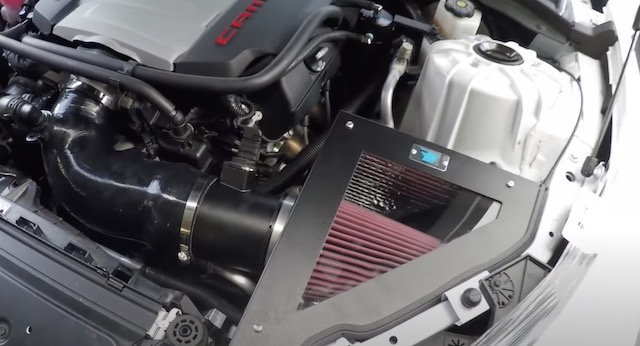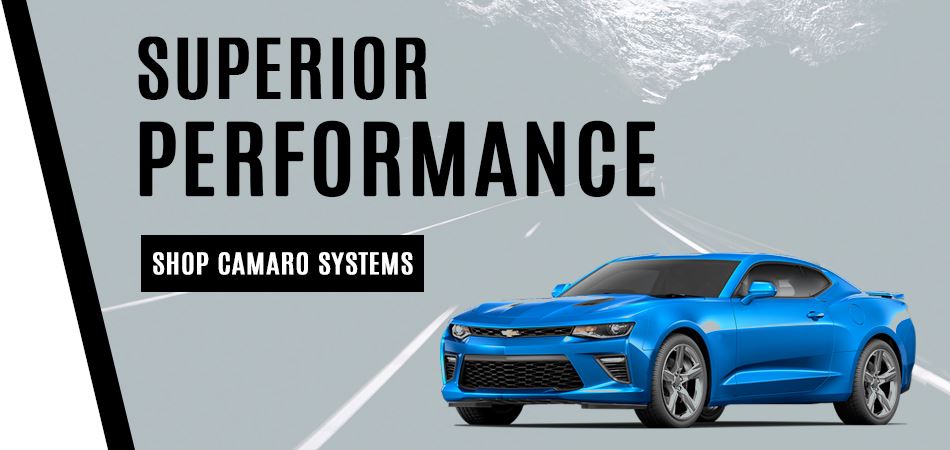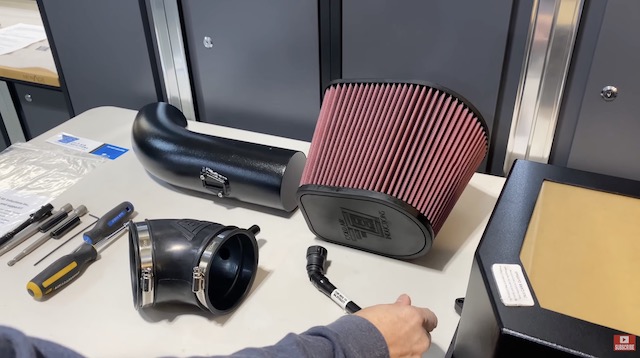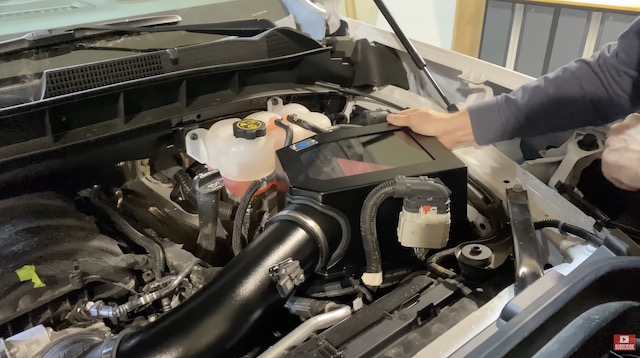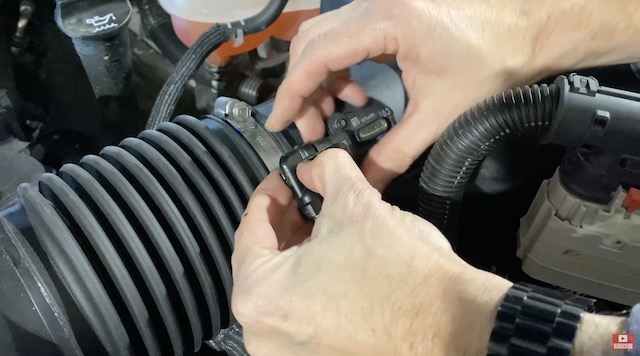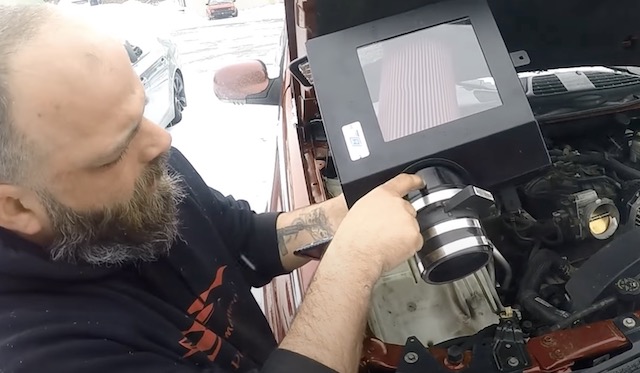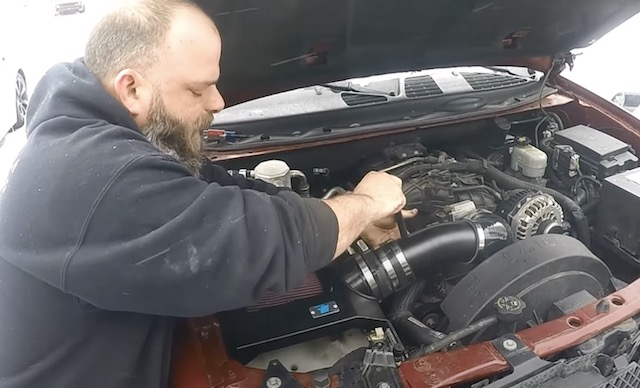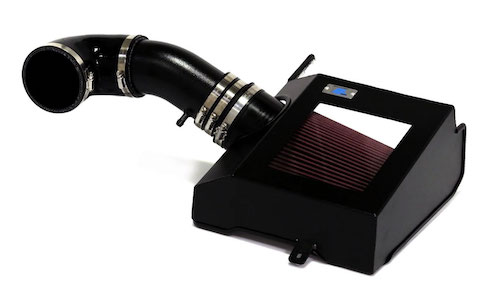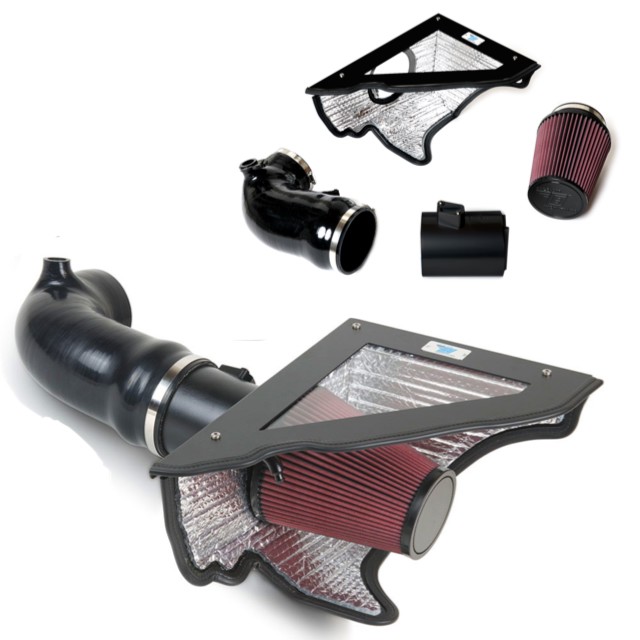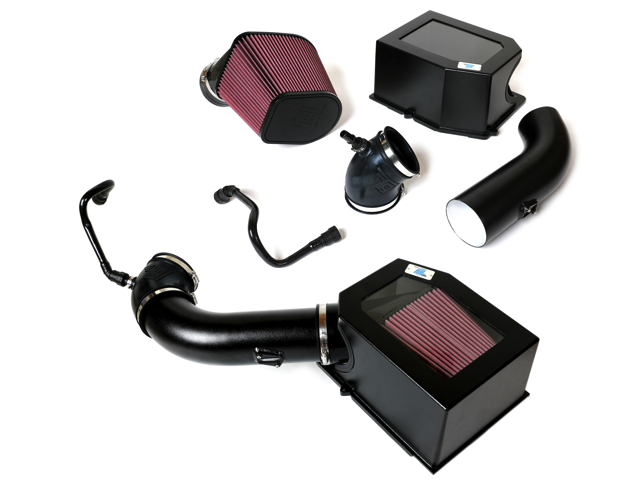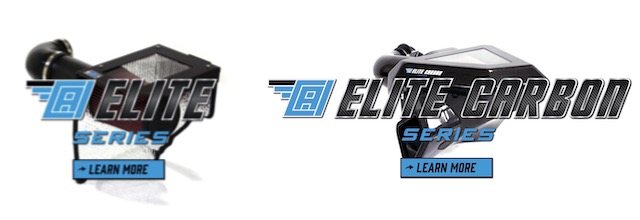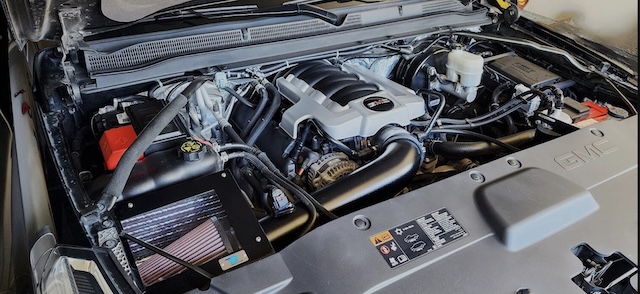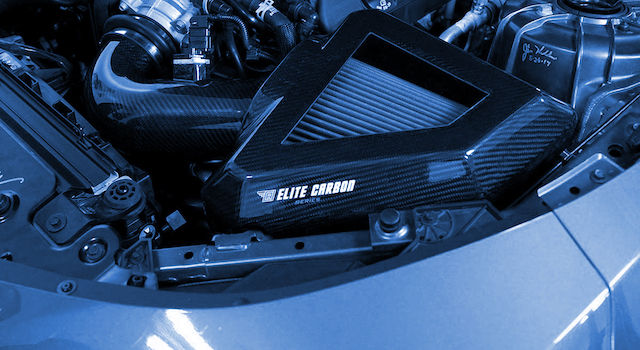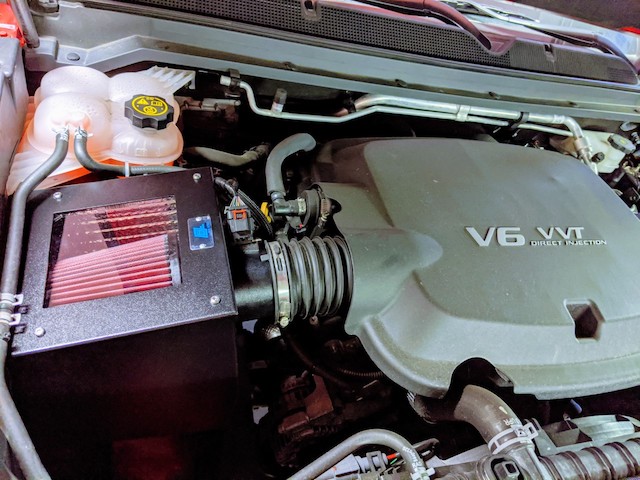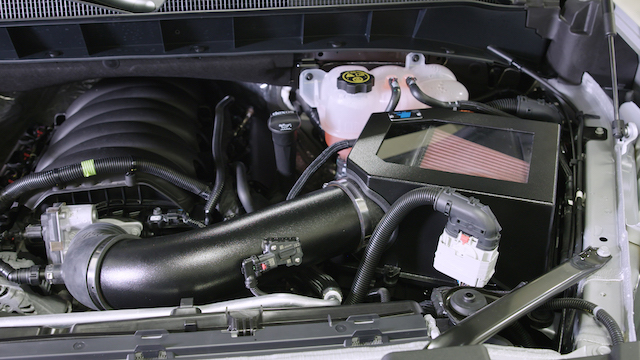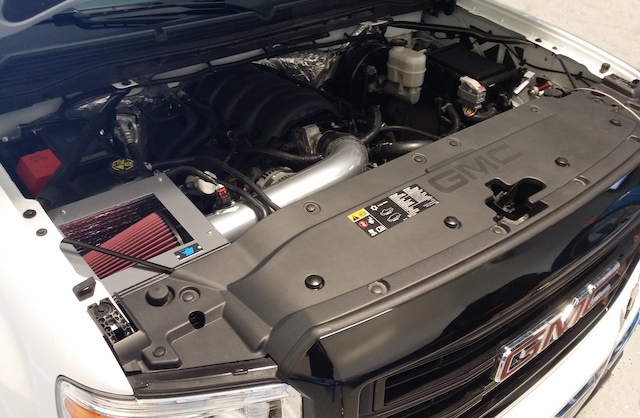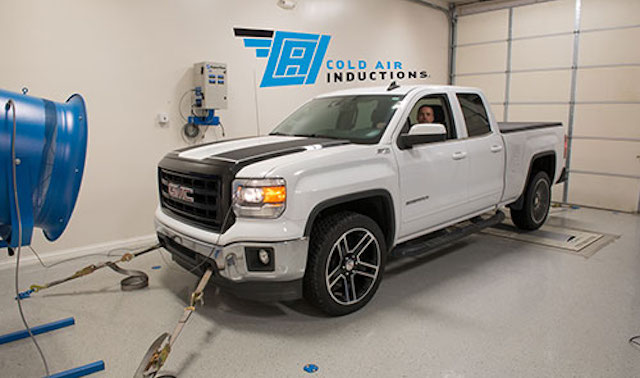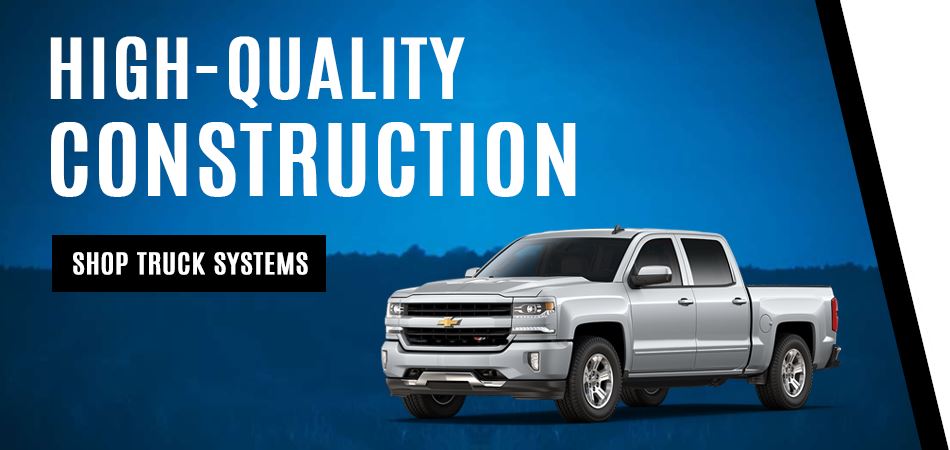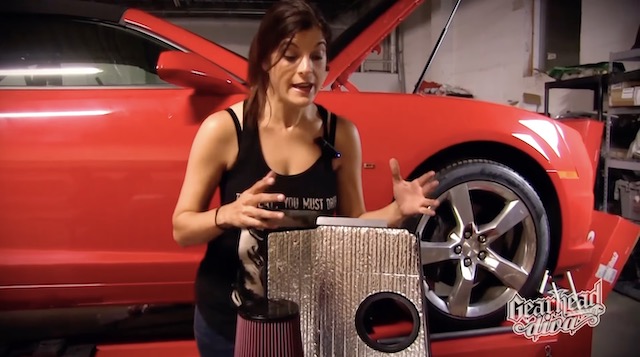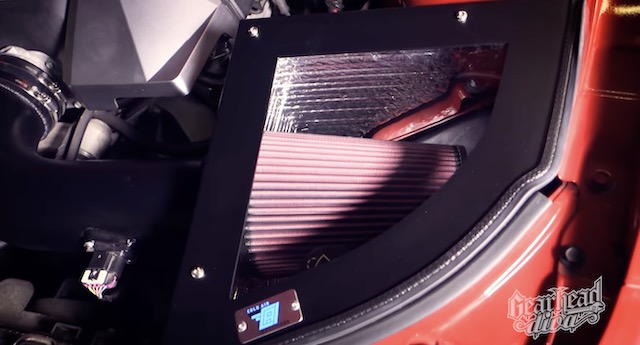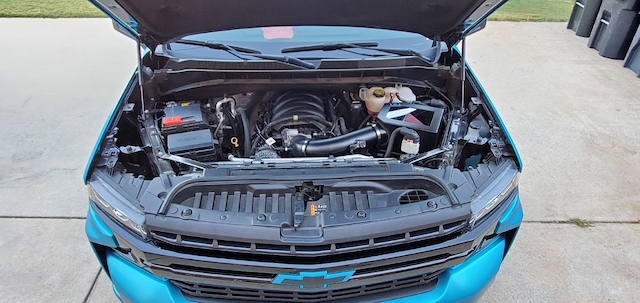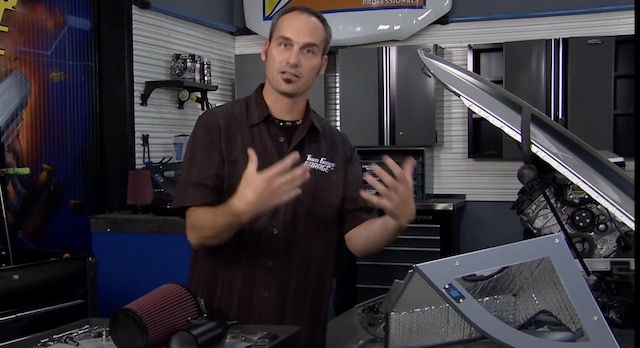How To Increase Chevy Silverado Fuel Efficiency
You’re not alone if you’re wondering how to improve a truck’s gas mileage. After all, that’s one of the biggest downfalls of owning a truck. Most of them aren’t super friendly on your bank account when it comes time to fill the tank. In a way, that’s the unfortunate price of admission. If you want the benefits of a big truck (e.g., towing, ground clearance, power), you have to deal with less-than-optimal gas mileage.
While modern fuel-efficient trucks are getting better in this area, there are some ways to increase Chevy Silverado fuel efficiency, even in an older model.
5 Easy Ways To Increase Chevy Silverado Fuel Efficiency
There are several ways to tackle the fuel efficiency problem that most trucks experience. None of them will be miraculous – they won’t double your Silverado’s MPG – but if you combine them, you can achieve a noticeable difference for your Chevy. If you use your truck daily, you know it’s all about the small gains that, when combined, create long-term results.
1. Basic Maintenance
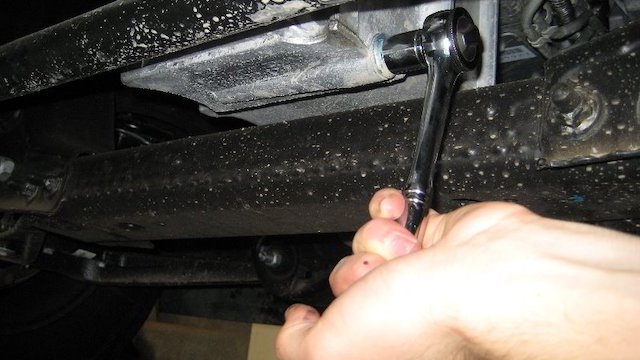
Image Credit: PaulsTravelPictures
One of the easiest things you can do to increase Chevy Silverado fuel efficiency is just to maintain your truck well. When you keep up with basic maintenance (i.e., changing the fluids regularly, keeping your tires properly inflated, keeping air filters clean, etc.), your truck can perform more efficiently.
2. Install A Cold Air Intake
Swapping out your stock air filter with a cold air intake system will definitely make a noticeable difference in your truck’s gas mileage. (Check out CAI’s Silverado 1500 cold air intake kits here.) This system pumps a higher volume of cooler air into your engine, which increases the oxygen content and produces a cleaner, more efficient combustion cycle. In the video below by YouTuber Lonestar Hawaiian, you can see how he intends to tackle the MPG problem with his 2007 Chevy Silverado – by upgrading to a Cold Air Inductions intake system. Check it out:
In the video above, you saw that Lonestar Hawaiian was installing a cold air intake on his 2007 Chevy Silverado, aiming to increase miles per gallon. With his 2020 Trail Boss (which he already updated with a CAI cold air intake), he noticed a significant increase in fuel efficiency (16.5 to 21 mpg).
“When I installed the Cold Air Inductions intake on the 2020 trail boss I was really impressed with the quality of product, the fit and finish, and actually the performance that came out of it.” – Lonestar Hawaiian
And remember Item 1 above – “Basic Maintenance?” With a CAI intake system, you get a clear, plexiglass window to monitor how dirty the air filter is and see when it needs to be recharged with a CAI Cleaner and Recharge Kit. It’s a win-win.
3. Reduce Drag
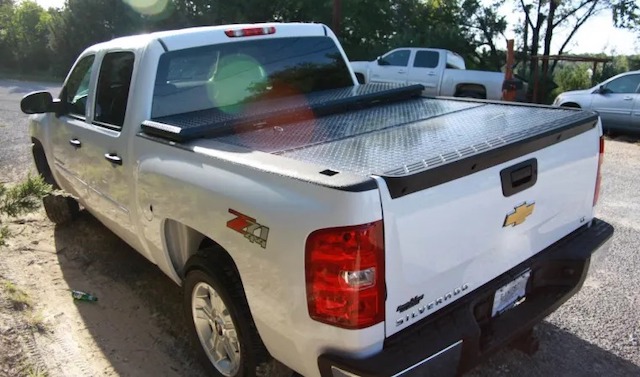
Most people don’t realize how much drag an average pickup truck creates when it moves down the road. This friction with the air makes the engine work harder. Installing a tonneau cover over your truck bed is one way you can reduce the drag on your truck. It will help you be a little more efficient. Plus, it keeps your gear or cargo secure and dry.
4. Use An Engine Programmer/Tuner
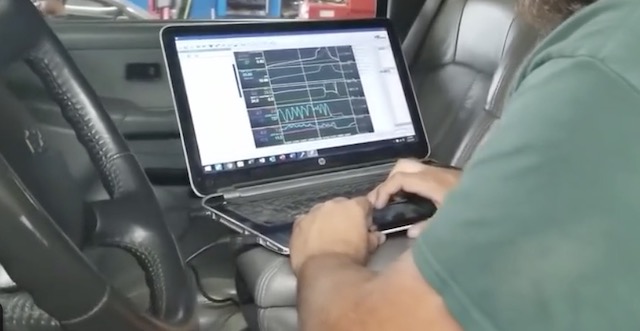
You can use an engine tuner or programmer on many modern vehicles, including the 5.3 or 6.2L Chevy Silverado. Keep in mind that when you purchase a vehicle from a dealer, the engine is programmed to perform at a level that will appeal to a broad audience. Mainly providing:
- Soft, smooth shift points. Most drivers prefer this over quick shifts, even if faster shifts improve performance.
- Fuel systems that are optimized to maximize fuel economy and minimize emissions, even if such settings lessen performance.
- Shift points and fuel maps are both tuned for stock air intake and exhaust systems.
This little plug-in computer can help you dial in how you want your engine to run to increase fuel efficiency or power – especially if you’ve made modifications.
5. Slow Down

Yeah, it’s obvious and probably a little annoying to hear, but it’s true. When you hit the gas to hear that beautiful engine roar (especially after installing a cold air intake or aftermarket exhaust system), you’re consuming much more gas than if you reasonably accelerate. If you want to see a boost to your fuel efficiency, take it easy on the gas pedal – you’re probably not on a race track. If you are, well…then let her rip.
If you’re ready to install a superior cold air intake on your truck, trust Cold Air Inductions for the highest quality intakes. CAI is a Tier 1 OEM supplier manufacturing cold air intakes since 2004. CAI intakes are made from the highest quality materials and crafted right here in the USA, delivering real power and great quality. Shop Cold Air Inductions online or contact us today!

